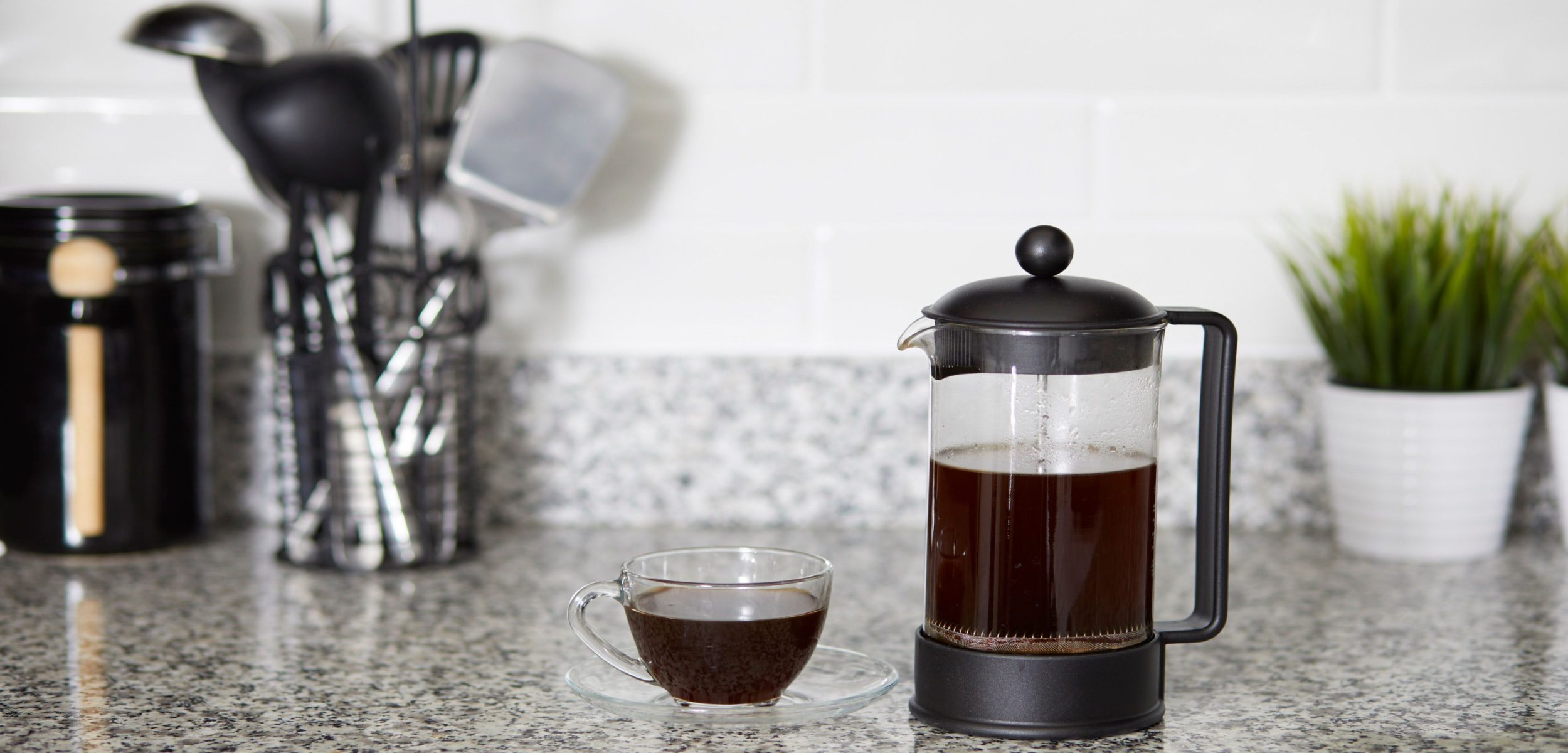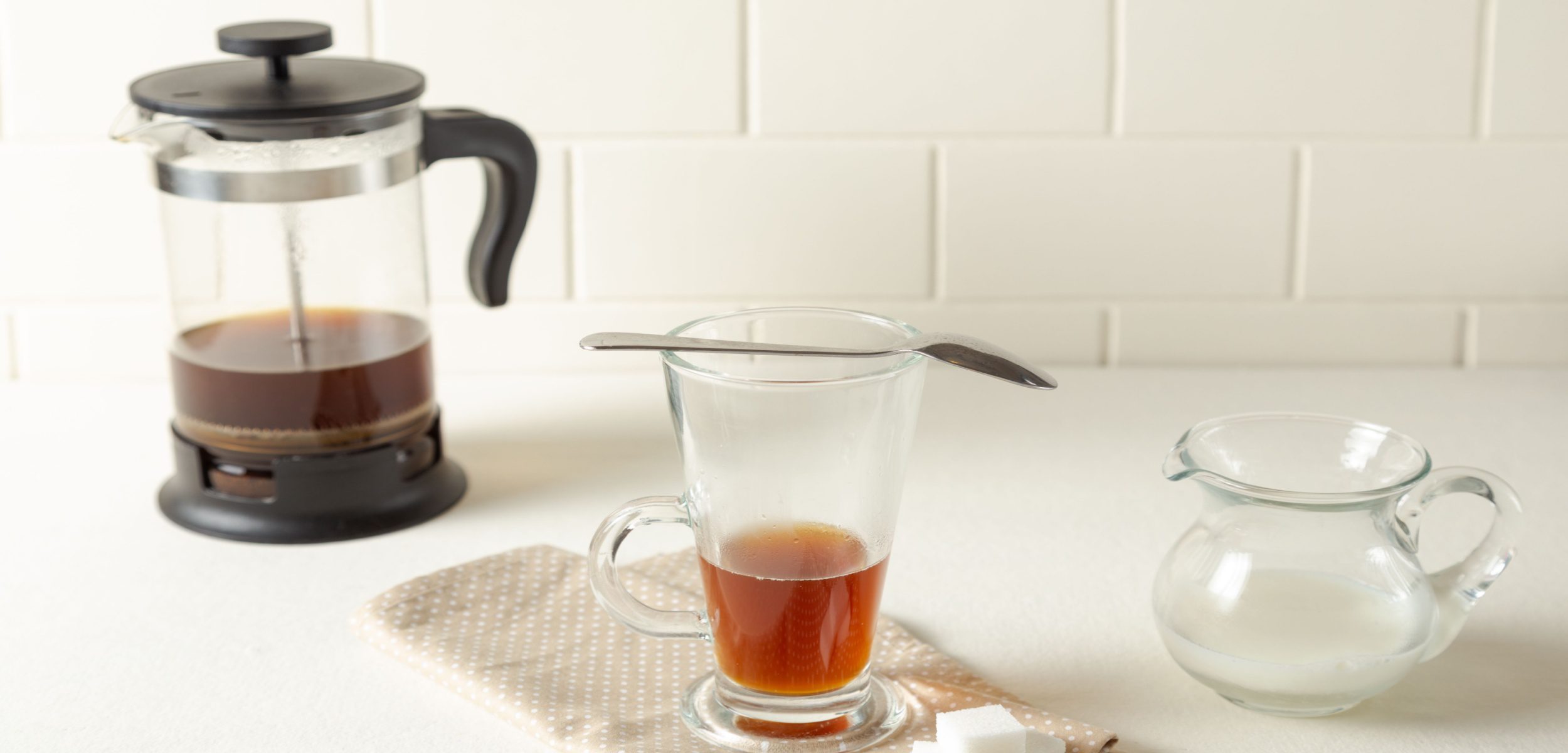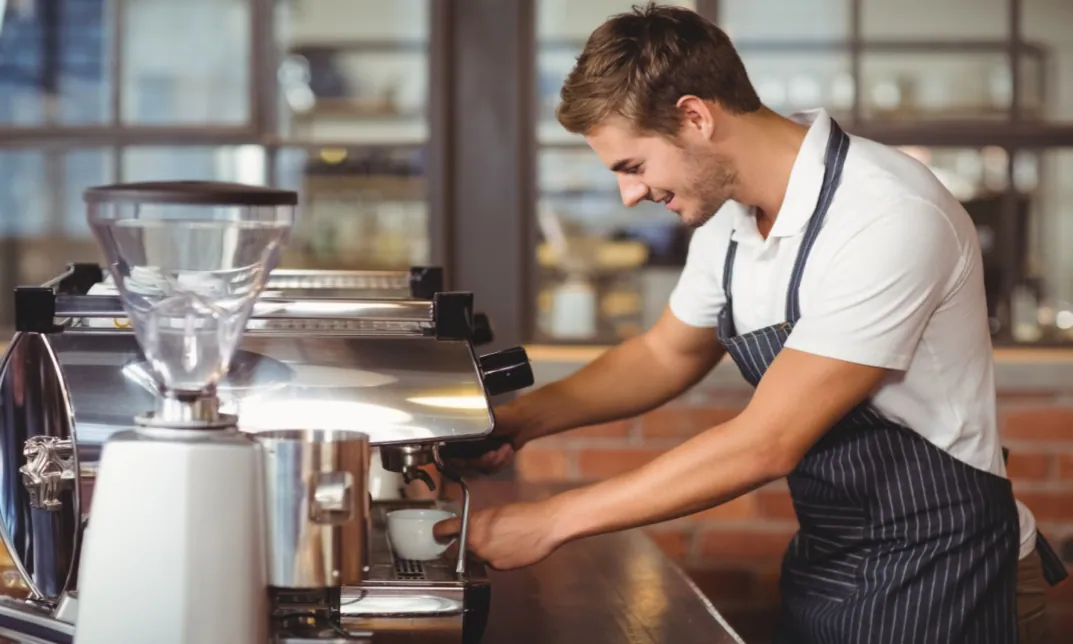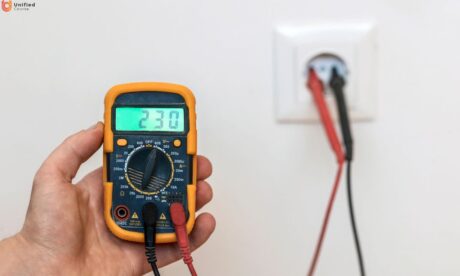Have you ever wondered how to make coffee in a cafetiere that tastes just like it does in your favourite café? Many coffee enthusiasts are keen to replicate the rich flavours and aromas of professionally brewed coffee at home.
Therefore, understanding the nuances of using a cafetiere, also known as a French press, is essential for achieving that perfect cup. Moreover, this method is both straightforward and rewarding, allowing you to savour the full potential of your coffee beans.

The Basics of Using a Cafetiere
Before diving into the brewing process, it’s crucial to understand the components and function of a cafetiere. A cafetiere consists of a cylindrical pot with a plunger and built-in filter screen that presses hot water through ground coffee. Hence, it offers an immersion brewing method, which means the coffee grounds are steeped in water for a specific period.
Key Components
- Cylindrical Pot: Holds the water and coffee grounds.
- Plunger: Used to separate the brewed coffee from the grounds.
- Filter Screen: Ensures only liquid passes through when you press down.
Steps on How to Make Coffee in a Cafetiere
Now that we have covered the basics, let’s go over the step-by-step process of making coffee in a cafetiere. To achieve the best possible results, carefully follow these instructions.
Gather Your Ingredients and Equipment
To begin with, you will need several ingredients and equipment. So, here are some of the following:
- Freshly ground coffee beans
- Hot water (just off the boil)
- A cafetiere
- A spoon
- A timer
Measure Your Coffee
The general rule of thumb is to use one tablespoon of coffee per 125 ml of water. However, you can adjust this ratio according to your taste preferences. Thus, if you prefer stronger coffee, increase the amount of coffee used.
Boil Water
Next, boil your water and let it cool for about 30 seconds. This ensures that the water is at the optimal temperature for brewing, which is around 93 °C. Using water that is too hot can scorch your coffee grounds and result in bitter flavours.
Add Coffee Grounds
Place your measured coffee grounds into the cafetiere. Make sure they are evenly distributed at the bottom of the pot. This even distribution helps in extracting consistent flavours from all the grounds.
Pour Water
Pour hot water over the coffee grounds in a gentle circular motion. This helps to saturate all the grounds evenly and extract maximum flavour. Ensure that all grounds are submerged for even extraction.
Stir and Steep
Stir the mixture gently with a spoon to break up any clumps and ensure even extraction. Then, place the lid on top with the plunger pulled up and let it steep for about four minutes. Steeping time can be adjusted based on personal taste preferences; longer steeping times result in stronger brews.
Press Plunger
After steeping, slowly press down on the plunger until it reaches the bottom of the pot. This separates the brewed coffee from the grounds. Pressing too quickly can cause hot liquid to splash out or create sediment in your cup.
Serve Immediately
Finally, pour your freshly brewed coffee into cups immediately after pressing to prevent over-extraction and bitterness. Serving promptly ensures that you enjoy your coffee at its peak flavour profile.
Tips for Perfecting Your Brew
While learning how to make coffee in a cafetiere is straightforward, there are several tips that can enhance your brewing experience:
- Use Fresh Beans: Freshly roasted beans provide more flavour than pre-ground or stale beans.
- Grind Size Matters: Use a coarse grind to prevent sediment in your cup.
- Preheat Your Cafetiere: Rinse it with hot water before brewing to maintain optimal temperature.
- Experiment with Ratios: Adjust water-to-coffee ratios until you find your perfect strength.
- Mind Your Timing: Over-steeping can lead to bitterness; stick to recommended times.
Common Mistakes and How to Avoid Them
Even seasoned brewers can make mistakes when using a cafetiere. Here are some common pitfalls and how to avoid them:
- Using Water That’s Too Hot: Boiling water can scorch your coffee grounds, leading to bitter flavours. Therefore, always let your boiled water cool slightly before pouring it over your grounds.
- Grinding Coffee Too Fine: A fine grind can clog your filter screen and make pressing difficult. Use a coarse grind instead for best results.
- Not Stirring: Failing to stir after pouring water can result in uneven extraction and weak flavours.
- Leaving Coffee in Cafetiere: Once brewed, do not leave coffee sitting in the pot, as it will continue extracting and become bitter.
Exploring Different Coffee Varieties
As you start on your journey of mastering how to make coffee in a cafetiere, exploring different types of coffee beans can significantly enhance your experience. Some of the following include:
Arabica vs Robusta
Arabica beans are known for their smooth flavour and balanced acidity, making them popular among many coffee lovers. On the other hand, Robusta beans have a stronger taste with higher caffeine content, which some people prefer for their morning boost.
Single-Origin vs Blends
Single-origin coffees are sourced from a single region or country, and they frequently highlight the region’s distinct flavour profiles. Blends combine beans from different regions to create complex flavours that complement each other well.
Light Roast vs Dark Roast
Light roasts retain more of the original bean characteristics due to shorter roasting times, often featuring bright, fruity, or floral notes with pronounced acidity. In contrast, dark roasts are roasted longer, developing deeper, caramelised flavours with rich, bold tastes and a smoother body.

Environmental Impact
Brewing methods also have environmental considerations worth noting; using reusable equipment like a cafetiere reduces waste compared with single-use pods common today—an added benefit beyond taste alone! Additionally, buying locally sourced beans supports sustainable practices within communities worldwide, contributing positively towards global efforts combating climate change impacts felt everywhere today more than ever before!
Improving Your Coffee Experience
To further elevate your enjoyment when learning how to make coffee in a cafetiere, consider these additional tips:
- Invest In Quality Equipment: A good grinder ensures consistent particle size, which affects extraction rates; investing in high-quality equipment pays off over time by improving flavour consistency across brews!
- Experiment With Additives: Try steeping spices like cinnamon or nutmeg to add unique twists without overpowering the natural bean characteristics!
- Pair With Complementary Foods: Enjoy freshly brewed cups alongside pastries, fruits, cheeses, nuts, and chocolates to enhance the overall sensory experience!
- Practice Patience Precision: Brewing great requires practice, patience, and precision. Don’t rush through steps, skip important details, and focus on achieving the desired results every time!
Conclusion
Mastering how to make coffee in a cafetiere is a delightful journey that blends simplicity with the art of brewing. By following the steps and experimenting with different beans, grind sizes, and steeping times, you can create a cup that perfectly suits your taste. This method allows you to enjoy café-quality coffee at home while embracing sustainability with reusable equipment and ethically sourced beans.
Ultimately, making coffee in a cafetiere is about personalisation and exploration. So, whether you prefer a bold brew or a lighter cup, our Barista and Coffee Making course will help you brew coffee to your liking. So, take your time to experiment, savour each sip, and enjoy crafting your perfect cup of coffee with the help of Unified Course.





